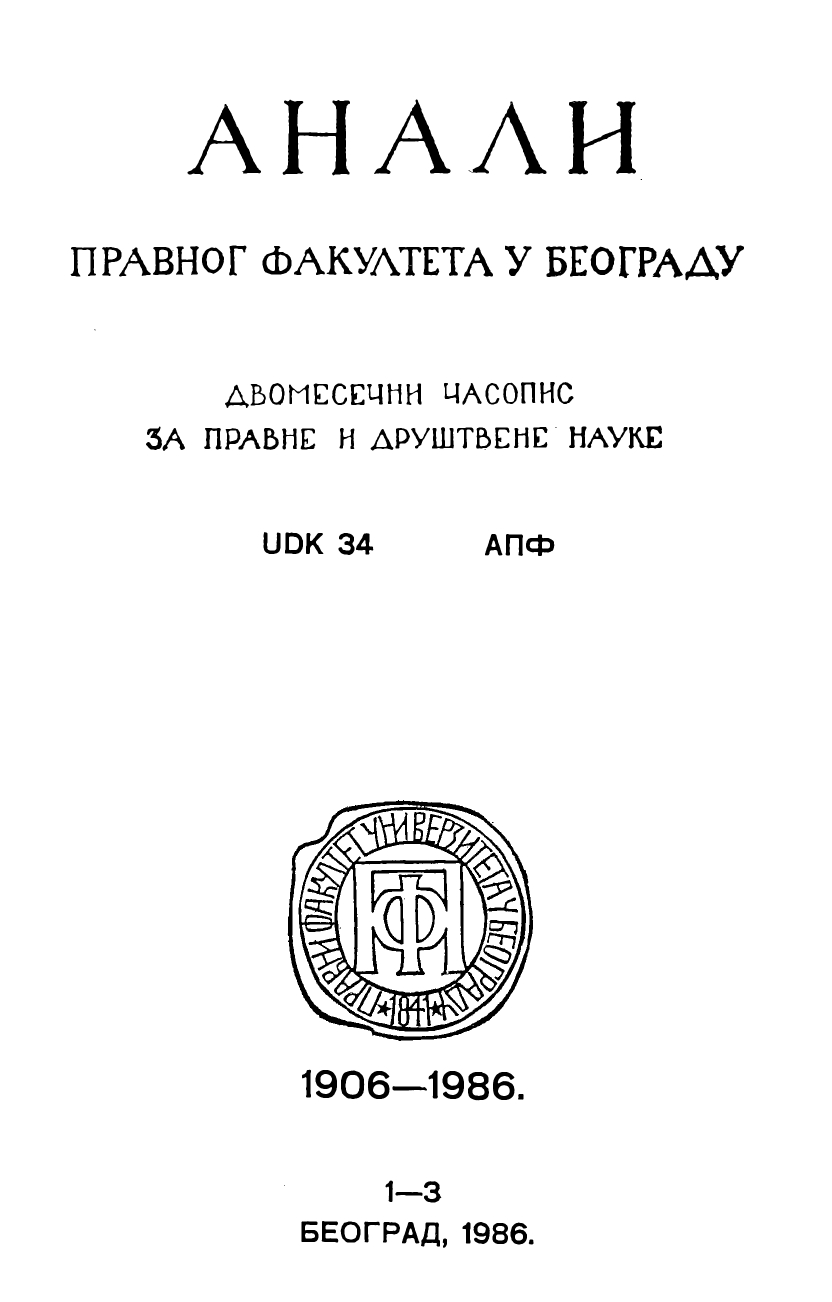СТАРОСНА ДОБ СВЕДОКА КАО ЕЛЕМЕНАТ ЗА ОЦЕНУ ДОКАЗНЕ ВРЕДНОСТИ ПРЕПОЗНАВАЊА У КРИВИЧНОМ ПОСТУПКУ
THE AGE OF WITNESS AS AN ELEMENT FOR ASSESSING THE VALUE OF EVIDENCE IN RELATION TO IDENTIFICATION IN COURSE OF CRIMINAL PROCEEDINGS
Author(s): Zoran MilovanovićSubject(s): Law, Constitution, Jurisprudence, Criminal Law
Published by: Правни факултет Универзитета у Београду
Summary/Abstract: Differentiated approach to various age categories of witnesses is a necessary prerequisite for correct understanding and assessing of their statements. The ground for such an attitude is the fact that psycho-physical abilities of man are not a steady and unchangeable part of his personality. In their development these abilities clearly indicate both upward and downward tendencies. In such a way, they directly influence the quality of statement by a witness. Since identification (recognition), as a specific and rather characteristic psycho-social segment of the entire statement by a witness, i.e. testimony, is important, the author dedicates his attention to those specificities which originate in different age of witness. Along these lines particularly elaborated are the issues of reproductive capacity of the witness, the suggestiveness of his person and the phenomenon of being an eidetic type. The reproductive capacity of witness, and more particularly its part related to identification, in spite of some contrary opinions, shows that the best level is situated within the 15 to 20 and 60 years of age. However, there are rather considerable departures in this field in the periods prior and after that age. The suggestiveness of a witness also does change with the age. This amounts to a constant danger that the witness by his statement reproduces not that what he really observed, but that which was suggested to him, both consciously and unconsciously. This characteristic, although particularly expressed with children, is rather frequently manifested with the grown- -ups too, which find themselves in the situation to give testimony in criminal proceedings. And finally, the phenomenon of being an eidetic type, which is sometimes wrongly called as photographic memory, is also rather important, since if it really exists, it gives to the testimony of the witness quite a great value. However, there is much controversy in relation to the authenticity of eidetic immagination, as well as to its durability and presence at various age categories.
Journal: Анали Правног факултета у Београду
- Issue Year: 34/1986
- Issue No: 1-3
- Page Range: 124-130
- Page Count: 7
- Language: Serbian

